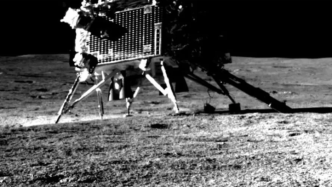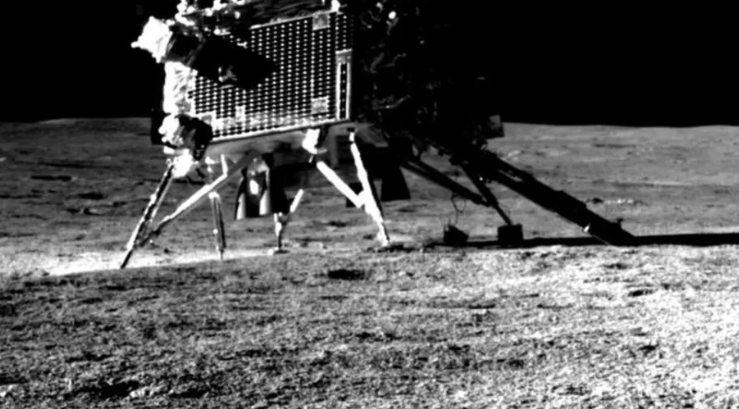
The website of the Indian Space Research Organization announced on August 28 local time that the lunar rover carried by the Indian lunar probe Chandrayaan-3 found sulfur and other substances on the surface near the south pole of the moon.

The lunar rover carried by the Indian lunar probe Chandrayaan-3 found sulfur and other substances on the surface near the south pole of the moon.
According to the organization, the Laser Induced Breakdown Spectroscopy (LIBS) instrument equipped on the Lunar Rover "Plagean" made the first in-situ measurements of the elemental composition of the lunar surface near the South Pole, unequivocally confirming this finding.
Preliminary analysis revealed the presence of aluminum, sulfur, calcium, iron, chromium and titanium on the lunar surface. Further measurements revealed the presence of manganese, silicon and oxygen.
The South Pole is considered to be the most abundant region of "water ice" on the moon, and "Plagian" will continue to use LIBS to look for signs of "water ice" in the next two weeks and study the composition of the Antarctic atmosphere.
LIBS is a scientific technique that analyzes the composition of materials by subjecting them to intense laser pulses. Focusing high-energy laser pulses on the surface of materials such as rocks or soils will generate extremely hot localized plasma. The collected plasma light is detected by detectors such as charge-coupled devices after spectral analysis. Since each element emits a characteristic set of wavelengths when in a plasma state, the elemental composition of the material is determined.